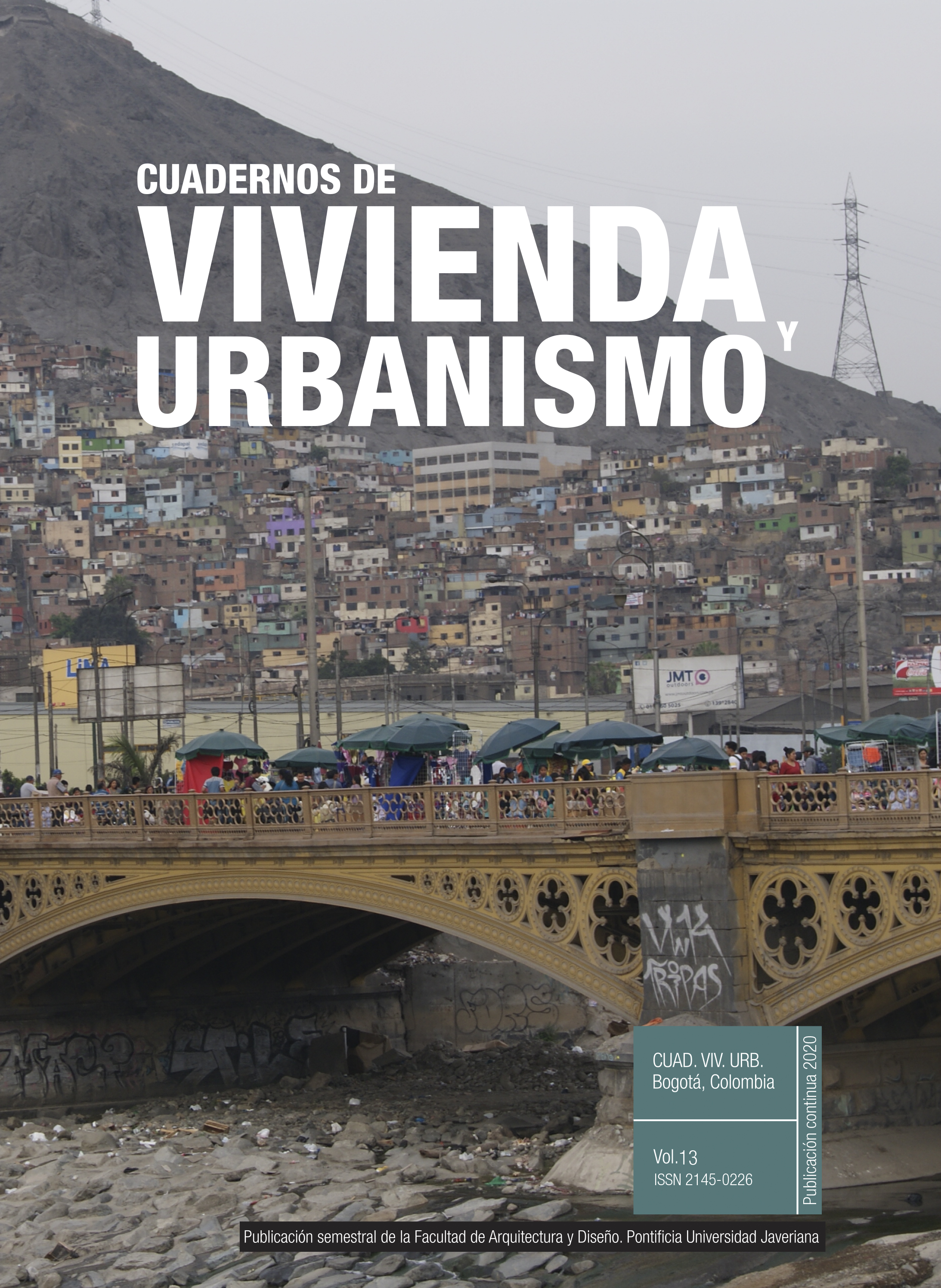Resumen
Durante la última década, el número de individuos con alto nivel educativo en las principales ciudades de Colombia ha aumentado. En el presente documento, se busca evidencia acerca de la divergencia en la acumulación de capital humano entre algunas ciudades del Caribe colombiano y otras ciudades como Bogotá, Medellín, Cali, Bucaramanga y Cúcuta. A través del análisis estadístico y econométrico de medidas de segregación y atracción de capital humano, se encontró que para el Caribe colombiano hay evidencia de una convergencia en la acumulación de capital humano, lo cual contradice los planteamientos
hechos por Christopher Berry y Edward Glaeser en su investigación del año 2005.
Acemoglu, D. (1996). A Microfoundation for Social Increasing Returns in Human Capital Accumulation. Quarterly Journal of Economics, 111(3), 779-804. https://doi.org/10.2307/2946672
Berry, C. R., y Glaeser, E. L. (2005). The Divergence of Human Capital Levels Across Cities. Papers in Regional Science, 84(3), 407-444. https://doi.org/10.1111/j.1435-5957.2005.00047.x
Clark, T. N., Lloyd, R., Wong, K. K., y Jain, P. (2002). Amenities Drive Urban Growth. Journal of Urban Affairs, 24(5), 493-515. https://doi.
org/10.1111/1467-9906.00134
Florida, R. (2002). The Economic Geography of Talent. Annals of the Association of American Geographers, 92(4), 743-755. https://doi.
org/10.1111/1467-8306.00314
Florida, R. (2003). The Rise of the Creative Class. Nueva York: Basic Books.
Florida, R. (2004). Cities and the Creative Class. Londres: Routledge.
Katz, L., y Murphy, K. (1992) Changes in Relative Wages, 1963-1987: Supply and Demand Factors. Quarterly Journal of Economics, 107(1),
-78. https://doi.org/10.2307/2118323
Lucas, R. (1988). On the Mechanics of Economic Development. Journal of Monetary Economics, 22(1), 3-42. https://doi.org/10.1016/0304-3932(88)90168-7
Massey, D. S., y Denton, N. A. (1988). The Dimensions of Residential Segregation. Social Forces, 67(2), 281-315. https://doi.org/10.1093/
sf/67.2.281
Moretti, E. (2004). Estimating the Social Retur to Higher Education: Evidence from Cross-Sectional and Longitudinal Data. Journal
of Econometrics, 121(1-20), 175-212. https://doi.org/10.1016/j.jeconom.2003.10.015
Shapiro, J. M. (2005) Smart Cities: Quality of Life, Productivity, and the Growth Effects of Human Capital. NBER Working Paper 11615,
Cambridge, MA. https://doi.org/10.3386/w11615
Storper, M., y Scott, A. J. (2009). Rethinking Human Capital, Creativity and Urban growth. Journal of Economic Geography, 9(2), 147-167.

Esta obra está bajo una licencia internacional Creative Commons Atribución 4.0.


